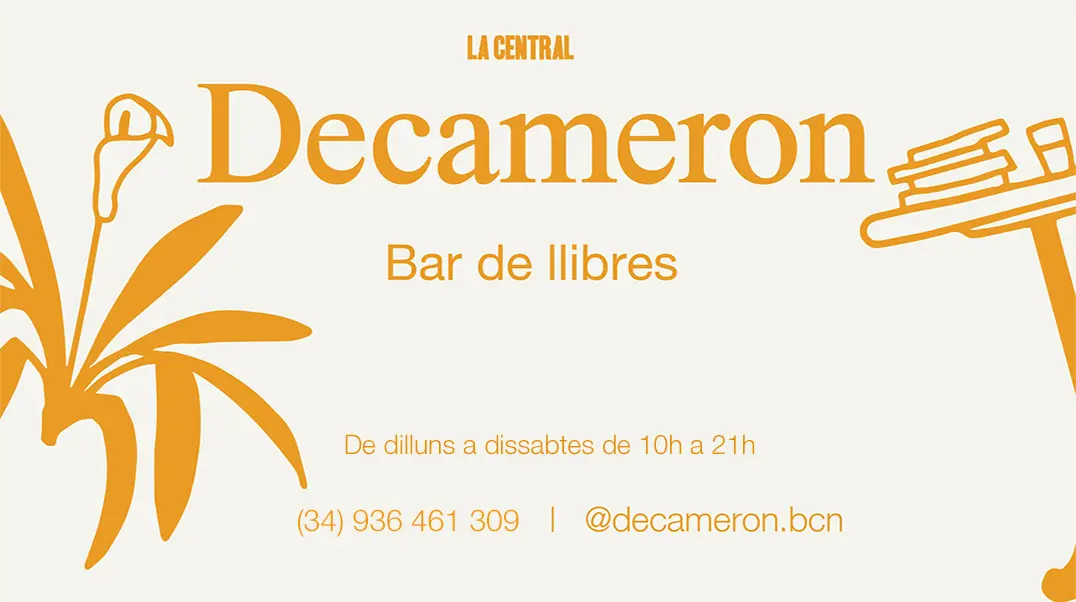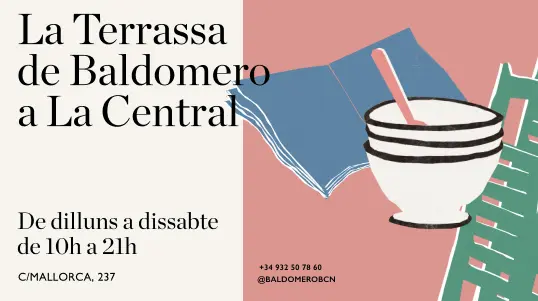Picasso and the Progressive Proof

Picasso and the Progressive Proof
n the occasion of the 50th anniversary of the death of Pablo Picasso
(1881–1973), this book explores in depth an aspect of the Spanish mase-
ter’s late graphic output: the linoleum block or linocut. Published prints and
their related proofs drawn from a notable private collection are examined in
the context of themes Picasso developed over his entire career.
Starting with the illuminating set of eight progressive proofs made by Picasso
and his printer Hidalgo Arnéra for the artist’s first published linocut, the
so-called Cranach II (1958), the volume takes on a decade of work in linocut
printmaking inspired by the South of France, where the artist had increasingly
spent time since the 1940s. Speaking to the artist’s love affair with the region,
he begins a series of linocuts depicting the bullfight. Eight proofs for the Pique
II (1959) included in the book attest to this. Likewise, a proof for one of the
Bacchanal series demonstrates his love of both the Côte d’Azur as well as for
Classical Antiquity.
• Relatively little studied, published and exhibited, these prints provide an
extraordinary opportunity to better understand the artistic process of Pablo
Picasso, one of the world’s greatest artistic geniuses, and to examine one of print-
making’s most fascinating and demanding mediums, the linogravure.
Independent art historian, former museum director and president of Townsend
Art Advisory LLC, Richard P. Townsend has guided the acquisition of major
works of art for over thirty years. His experience ranges from old master and
19th-century paintings and drawings to modern and contemporary art, archi-
tecture and design. He has advised public and private collections around the US.
On the 50th anniversary
of Picasso’s death,
a book devoted
to the progressive
proofs by the leading
Spanish master
Picasso and the Progressive Proof
Linocut Prints from a Private Collection
by Richard P. Townsend
14





